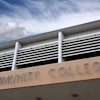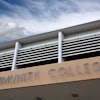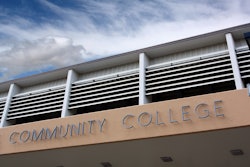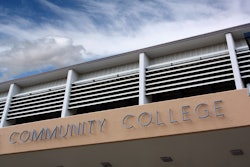Citing advising as “the cornerstone of student support,” the Center for Community College Student Engagement makes the case for improved advising models in a new study published this week.
The study, “Show Me the Way: The Power of Advising in Community Colleges,” found that despite the benefits of advising, not all students are getting the same advising experience that they need to succeed academically. With improvements to the structure, content and intensity of advising, community colleges can better support their students and increase student engagement, according to the report.
“I hope that colleges will take a moment to celebrate: we’re seeing more and more students meet with advisers. We’re seeing that structures are being put in place that require students to meet with advisers. We’re seeing that advisers are visiting the classrooms,” said Dr. Evelyn N. Waiwaiole, executive director of the Center for Community College Student Engagement at The University of Texas at Austin (UT). “The next things that we need to think about are our [student-advisor] ratios, professional development, continually ensuring consistent information to our students and frequently delivering the information to our students.”
Considerable findings in the study revealed that of the community college students surveyed at more than 200 colleges, half had initial advising sessions that lasted only 16-30 minutes. But when students had more than 30 minutes of advising, their engagement scores rose.
Eighty-six percent of students indicated that an adviser explained the classes they needed to achieve their academic goals, but only 65 percent of those students reported that their adviser helped them develop an academic plan, the study said. And two-thirds of students noted that their adviser never discussed when their next meeting would take place.
Another highlight indicated that only 62 percent of entering students and 78 percent of returning students met with an adviser in the first few weeks of school. At first glance, Waiwaiole thought the statistic for entering students was impressive.
“But the first four to five weeks of your very first fall semester? We would have hoped [the number] was a lot higher,” she said after reflecting on the student advising data. “We should’ve seen you right away. We should’ve made sure you had all the information to be successful.”















